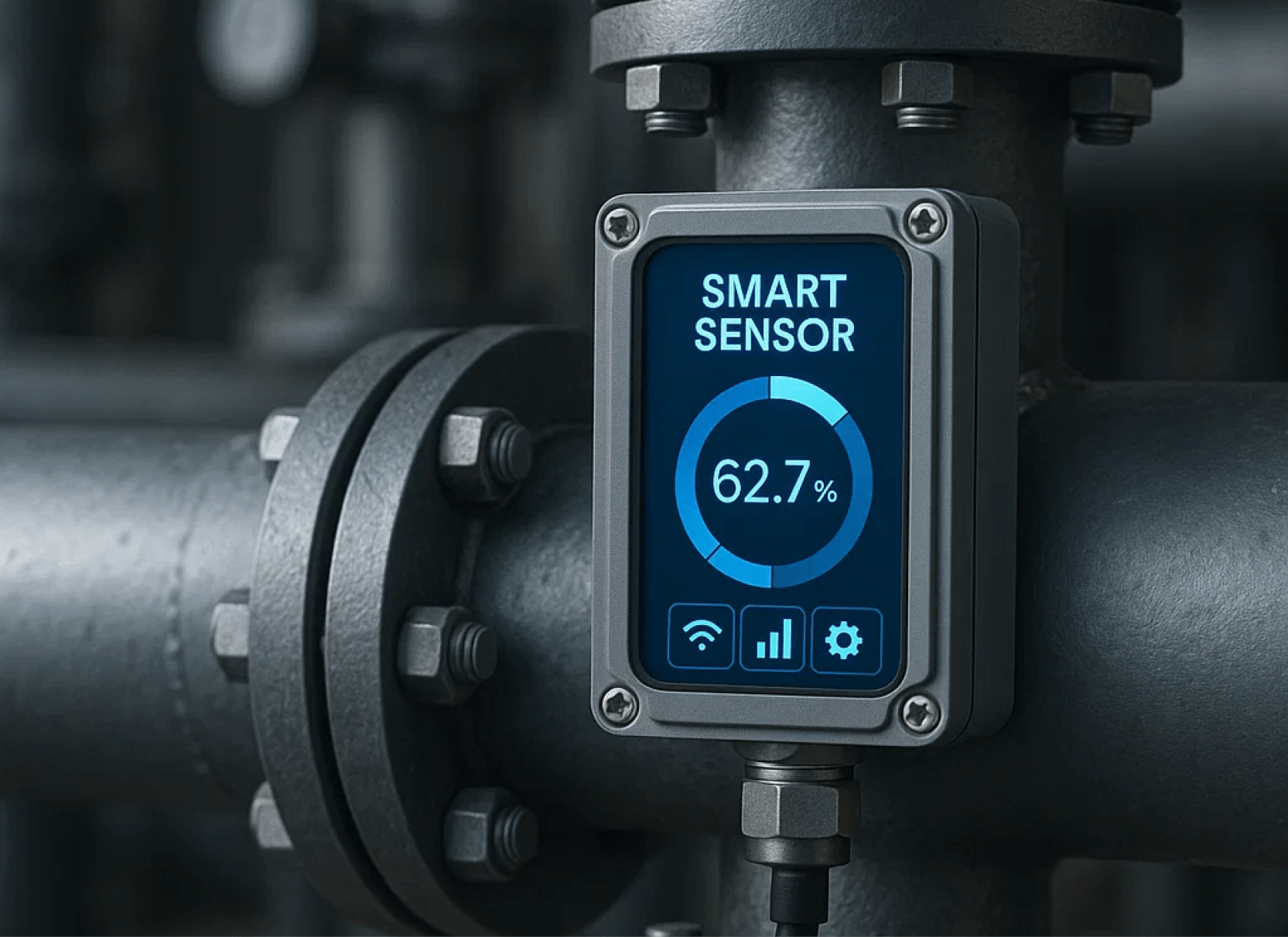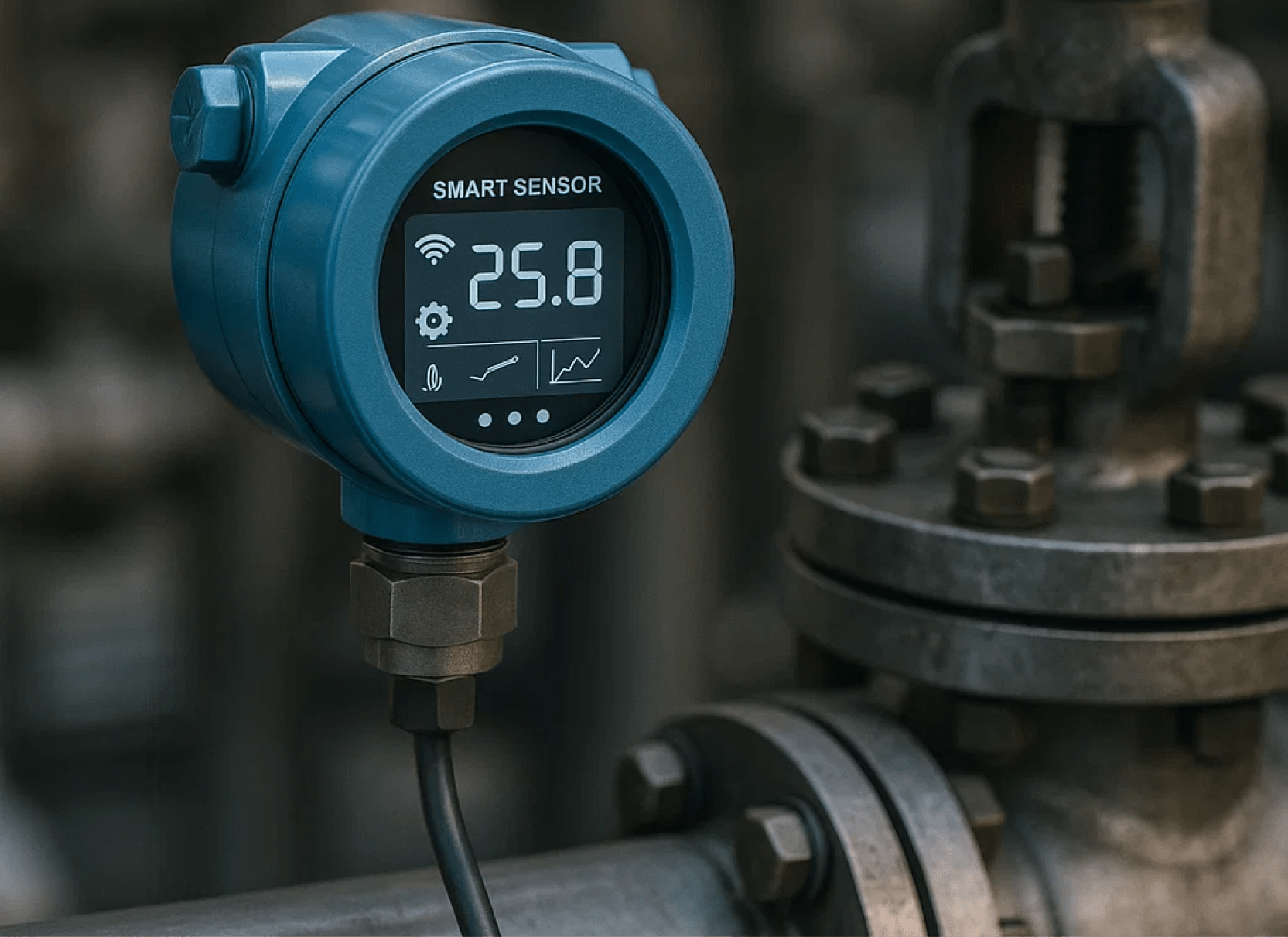
The safe and efficient management of water, gas, oil, and wastewater pipelines depends on continuous inspection and proactive maintenance. These networks form the backbone of critical infrastructure, and failures can cause environmental damage, financial losses, and serious safety risks.
Traditionally, pipe inspection technologies relied on expensive, time-consuming, and disruptive methods. But today, rapid advances in technology are transforming how pipelines are monitored and serviced. With robotic inspection systems, drones, smart sensors, and AI-powered analytics, industries now achieve faster, safer, and more cost-effective maintenance.
Why Pipeline Inspection Is Essential for Safety
Regular inspection is one of the most effective ways to ensure pipeline integrity and operational reliability. Without it, small problems like leaks, corrosion, or blockages can escalate into catastrophic failures.
- Modern inspection technologies provide several benefits:
- Early detection of problems – prevents costly repairs and failures.
- Reduced downtime – maintenance is scheduled proactively, minimizing interruptions.
- Lower costs – emergency repairs are avoided while extending the life of the pipelines.
- Improved safety – detecting leaks and weaknesses before they escalate protects workers and communities.

Key Technologies Driving Innovation in Pipe Inspection
Several technologies are shaping the future of pipeline monitoring and maintenance.
1. Robotic Inspection Systems
Robotics has become a game-changer in pipeline inspection. Crawlers and robotic devices move through pipelines, capturing high-resolution images and conducting tests without excavation.
Advantages of robotic inspection:
- Efficiently covers long-distance pipelines.
- Reaches hazardous or inaccessible areas safely.
- Provides detailed data, including ultrasonic testing for corrosion and fractures.
2. Remote Sensing and Drone Technology
For above-ground pipelines and large installations, drones equipped with infrared cameras and HD sensors provide rapid, non-invasive inspection.
Benefits of drone inspection:
- Covers large areas quickly.
- Reduces the need for workers in dangerous environments.
- Detects gas leaks and temperature variations invisible to the naked eye.
3. Smart Pipe Inspection Systems
Smart sensors embedded in pipelines monitor pressure, temperature, flow rates, and material conditions in real time.
Advantages of smart sensors:
- Provides continuous monitoring, unlike periodic inspections.
- Enables predictive maintenance based on live data.
- Supports data-driven decision making for resource optimization.
4. Artificial Intelligence and Machine Learning
AI and ML algorithms analyze vast amounts of inspection data from sensors, drones, and robots.
Benefits of AI in pipeline inspection:
- Processes real-time data at scale.
- Identifies patterns and anomalies faster than manual reviews.
- Creates optimized maintenance schedules, minimizing downtime.
Challenges in Pipeline Inspection and How Innovations Solve Them
Pipeline systems face ongoing challenges, especially as infrastructure ages:
- Accessibility Issues – underground and underwater pipelines are difficult to inspect. Robotics and drones reduce the need for excavation or risky manual work.
- Aging Infrastructure – older pipelines are prone to corrosion and leaks. Smart sensors and ultrasonic testing enable non-invasive monitoring.
- Complex Networks – vast, interconnected systems are hard to assess. AI-driven analysis accelerates detection across entire pipeline networks.
Conclusion
The future of pipeline inspection and maintenance is driven by robotics, drones, smart sensors, and AI. These technologies enable safer, faster, and more precise monitoring while reducing downtime and costs.
Industries that adopt these innovations ensure:
- Extended pipeline life span.
- Increased operational safety.
- Reduced maintenance expenses.
- Compliance with modern safety standards.
With integrated, intelligent solutions, pipeline operators can shift from reactive repairs to proactive maintenance, setting a new standard for reliability and efficiency.
Get in touch with us today to discuss how our innovative pipeline inspection solutions can help your business.
Explore our related insights:
HDPE in Construction,
Urban Infrastructure Trends.
For broader standards and guidance, visit:
European Polymer Standards.


